What is a “white flower” scent in perfumery ? You will tell us: easy, it smells like flowers! Certainly, but here we are talking more precisely about all flowers with white petals . Among them, tuberose, jasmine and even orange blossom - to name only the most famous.
Prized by fragrance composers for many years, white flowers are used for their elegance, innocence and purity. Be wary because appearances are deceiving ! Wise at first glance, these flowers reveal facets that are much more daring than they appear. Carnal, sensual, sometimes even heady, they can also give off animal odors - even narcotic - because most of them have a molecule in common: indole , a natural animal note . So, intrigued? Let's take a quick overview of these falsely demure white flowers.
Tuberose
Tuberose is a dream for lovers of floral scents. It is native to Egypt and India, in the south of the country, where flower cultivation is a popular tradition.
This white flower can exist in its natural form in perfumery. On the other hand, choosing a natural tuberose to compose a fragrance has a cost . Harvested by hand, tuberose is a fragile flower that requires precise know-how to extract its absolute essence. In addition, it is a white flower with a very low yield: count 2000 flowers to obtain barely 1kg of absolute... Suffice to say that that makes a bunch of flowers.
Originally obtained by enfleurage, an ancestral method which consists of imprisoning flower petals in a layer of animal fat in order to extract the absolute, it is today generally obtained thanks to extraction with volatile solvents, less tedious method - and above all vegan !
A third option - much less expensive - is available to perfumers: that of composing with a tuberose whose scent has been reconstituted thanks to synthesis .
Whatever the method used, the result remains generally the same: an ultra sensual, creamy, honeyed, sunny and very deep scent. By choosing synthesis, perfumers can choose to favor one facet over another.

Yet already powerful and heady, its smell is all the more intense once night falls. For the anecdote: this flower is so fragrant and narcotic, that in Italy during the Renaissance, young girls were not allowed to walk in the gardens because the tuberoses found there apparently gave them ideas. not very Catholic... We'll let you imagine!
Its notes also go perfectly with other flowers. Jasmine and orange blossom are among the white flowers that go best with tuberose.
We also find this wonderful marriage in Pleine Lune , the floral and very “white flower” eau de parfum from Bastille where tuberose combines with neroli, orange blossom and jasmine. If you want to get an idea of what it smells like, dig into Pleine Lune, you won't be disappointed!
Jasmine
Jasmine is one of the king ingredients of perfume manufacturers. A white flower with a pure scent, jasmine can boast of having a privileged relationship with the world of perfumery. There are more than 200 varieties of jasmine around the world, but two of them are generally used to compose: Grandiflorum jasmine and Sambac jasmine.

The first variety is grown abundantly in Egypt, Italy, India and France , notably in Grasse, alongside the famous centifolia rose. Grandiflorum jasmine is recognized by its opulent, rich, green odor with a medicinal aspect and fruity tones.
As for Sambac jasmine, the second variety of jasmine, it comes mainly from India and its smell is characterized by more animal notes, with fruity nuances of banana but also solar nuances of orange blossom.
Without distinction of variety, jasmine is a white flower of first choice for the production of eau de parfum, perfume and eau de toilette - the nuance between these three terms is sometimes thin, but real. On the other hand, it nonetheless remains an expensive raw material. The extraction of its absolute, whether from Sambac or Grandiflorum jasmine (either by enfleurage or by volatile solvents as for tuberose), requires a lot of time and, as for tuberose, precise know-how: Harvesting is done by hand, very early at dawn in order to preserve the quality of the jasmine and requires unparalleled dexterity! To obtain 1kg of flowers, 10,000 flowers are necessary and for 1kg of absolute, count around €4000.
The orange blossom
Orange blossom is for perfumery, what aromatic herbs are for cooking. There is always a good reason to use it.
 If it is known to originate from the Far East, its essence and scents have led to its expansion all over the world. In the Mediterranean basin, in the rich valleys of Egypt as well as in the flower fields of Italy, the orange blossom responds to the call of horticulturists .
If it is known to originate from the Far East, its essence and scents have led to its expansion all over the world. In the Mediterranean basin, in the rich valleys of Egypt as well as in the flower fields of Italy, the orange blossom responds to the call of horticulturists .
Its wealth and success lie in its ability to produce 4 raw materials with very different olfactory facets:
- Neroli essence, obtained by steam distillation of the flowers - it is in fact the only white flower to support this extraction method - is fresh, lavender, citrusy, sweet and even powdery. You can also find it in Rayon Vert , our new eau de parfum which smells of spring. In this fragrance, neroli expresses its citrus facets and brings freshness to the composition.
- The essence of petit grain, also obtained by steam distillation but this time from the flowers AND the leaves, is greener, more vegetal and lavender.
- The bitter orange, which we treat the skin by expression and which gives the essence of bitter orange, has more bitter, more zesty and acidic facets.
- Finally, the famous orange blossom absolute. Obtained by extraction with volatile solvents, its essence is more intense, more indole/animal, sensual and narcotic than its three comrades.
Through its olfactory versatility, orange blossom naturally creates a bridge between smells and emotions , making it a white flower highly prized by perfume houses . It also forms dream associations with other white flowers such as frangipani, gardenia and Tiare flower.
The Tiare flower
When we talk about the wolf ! The Tiare flower is an exotic flower that comes straight from Tahiti. It is also the emblem just like in French Polynesia. This white flower which blooms in the tropical climate is well known to Bastille and to all perfumers. Its scent will definitely remind you of your summer vacation. Because yes, the monoi that accompanies you on the beaches in summer does not come from the monoi flower but indeed from the meeting between the Tiaré flower and copra - or coconut oil.
 Naturally, the Tiare flower releases a sensual scent whose notes take you on a journey.
Naturally, the Tiare flower releases a sensual scent whose notes take you on a journey.
Obtained through extraction with volatile solvents or by a local technique close to that of enfleurage (to obtain the famous monoi oil), the Tiare flower brings to compositions a sweet and intoxicating scent with exotic and sunny nuances.
In its natural state, the Tiare flower is often used sparingly : it is a flower with character that needs to be treated with great delicacy. Otherwise its natural smell after extraction can be very disappointing. In this case, and as with other white flowers, perfumers can also choose to reproduce its scent using synthesis.
The frangipani flower
Very often confused with the Tiare flower, the frangipani flower is a sacred Asian flower which offers scents of vanilla and almond which smell of holidays and sunshine.

Symbolizing the purity of the soul due to its whiteness, the frangipani flower brings sunshine to compositions .
It goes wonderfully well with flowery perfumes, particularly for its gourmand and powdery facets, but also with oriental fragrances for its ultra exotic notes.
To the great dismay of perfumers, this sacred flower does not deliver its fragrance in its natural state. In other words, it is a “mute flower” from which no extraction method can extract its delicate fragrance. Perfumers must therefore reproduce it by reconstituting its smell: a clever mix of natural raw materials (such as ylang-ylang) and synthetic molecules .
The magnolia
The fertile lands of the Far East and China see the blossoming (from February to June) of a flower with a drenching sweetness and scent. This is the magnolia , a white flower which, depending on the time of the flowering period, ranges from immaculate white to pink to pinkish white.
This flower has the gift of attracting pollinating insects, but not only that. Perfumers also use it to create intoxicating and voluptuous fragrances . Its sunny, green and almost citrus notes make it a mysterious white flower prized for its multiple facets.
At Bastille, a house of natural, vegan and made-in-France perfumes , magnolia plays an irreplaceable supporting role in Bataille . This eau de parfum with mainly woody notes delivers magnolia in its quintessence and brings a green and citrus side to the composition. The top, heart and base notes together created the perfect coup to create a fragrance with character: a real fight between water and fire.
With zero hidden ingredients like all the perfumes in the collection, Bataille restores the fragrant qualities of magnolia: fresh, green, lemony but also sunny and slightly vanilla.
The gardenia
White as snow when it is at the peak of its flowering, the gardenia gives off a scent that is permanently imprinted on the subconscious. It is a flower that comes to us from India, the Philippines, Japan, China and the United States. This white flower is appreciated among perfumers for its smell which is unforgettable .

Unforgettable in its natural state, of course, but its absolute obtained from the extraction of the gardenia flower unfortunately bears no resemblance to what nature lets us feel.
Its smell must therefore be reproduced in the laboratory using a mixture of natural essences and synthetic molecules. Never mind, gardenia generally brings green, floral, fruity but also woody aspects to compositions.
Ylang-ylang
Last olfactory journey towards the tropics with the ylang-ylang flower ! Originally from South-East Asia and more particularly from the Moluccas archipelago located to the east of Indonesia, this white flower is, for this country, the “flower of flowers”. Today cultivated in the Comoros archipelago and Madagascar, ylang-ylang is particularly appreciated by perfumers for its richness and olfactory power.

The absolute of this ultra seductive flower obtained by steam distillation has a very different smell from its fresh flower. Very exotic, ylang-ylang is an exuberant, solar, colorful raw material while being wild, narcotic and sensual. Its smell is halfway between jasmine and tuberose: floral, fruity and even spicy.
With its multiple facets, ylang-ylang has a major advantage : that of combining with numerous olfactory families and compositions. It can brighten up rather “mature” floral arrangements by bringing depth and sensuality, soften very citrusy perfumes or accentuate perfumes with musky notes. A true Swiss army knife, ylang-ylang can also accompany fruity perfumes with its exotic facet and can also be found in oriental perfumes for its creamier facet which combines wonderfully with spicy notes such as vanilla. .
Be careful though, because poorly dosed, this white flower can quickly smell like overripe bananas or, even worse, reveal medicinal notes... not crazy. Expressing the good facets of ylang-ylang: a real balancing act for our perfumer friends !
There you go, you now know everything about these ultra mysterious and multi-faceted flowers! So what are your favorite white flowers?
------
Photos: Nick Prideaux, Yoann Leveque, Flavia Sistiaga and Unknown








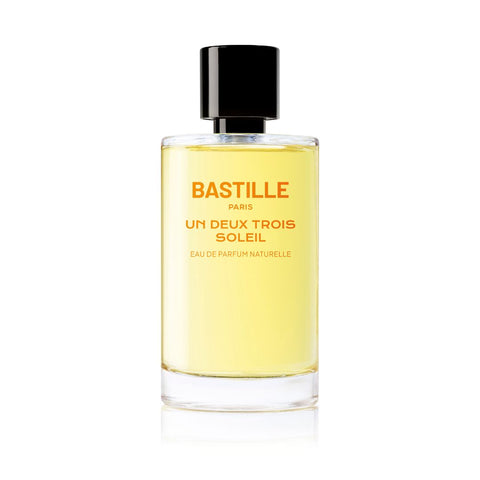
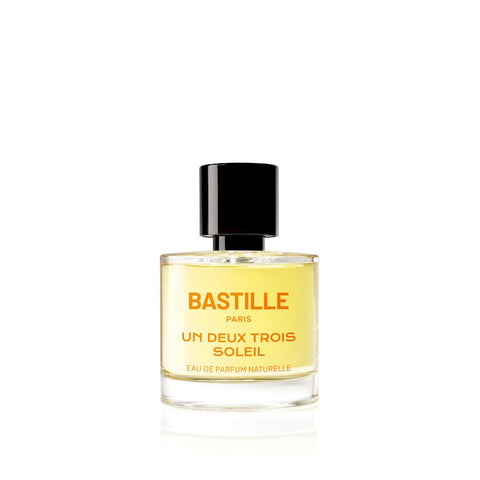

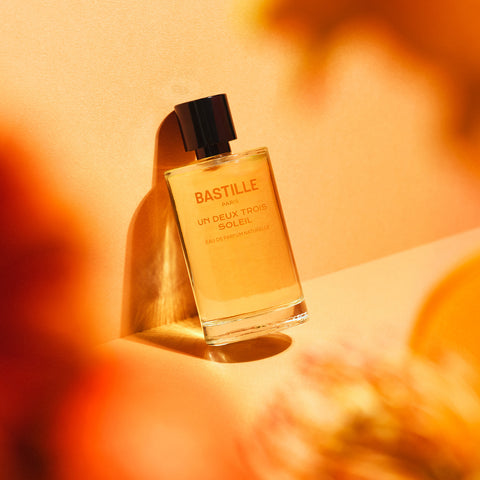
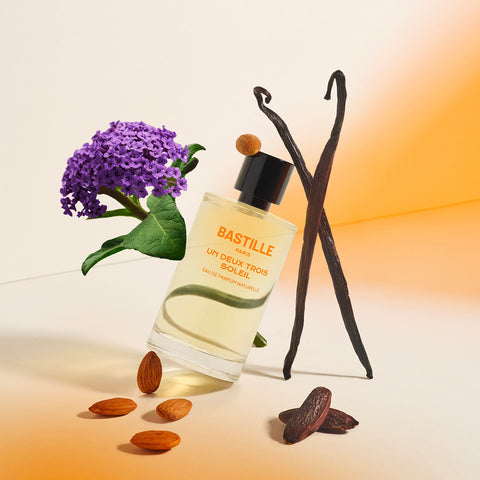
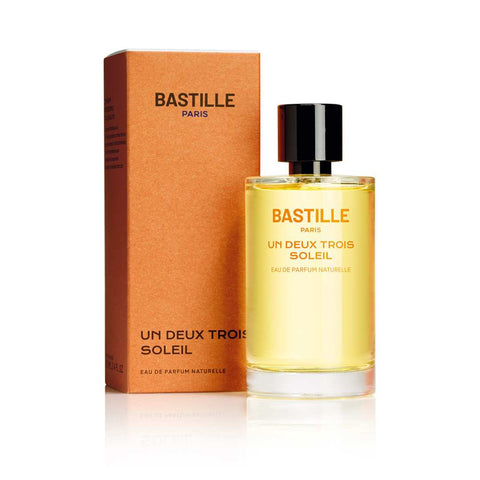
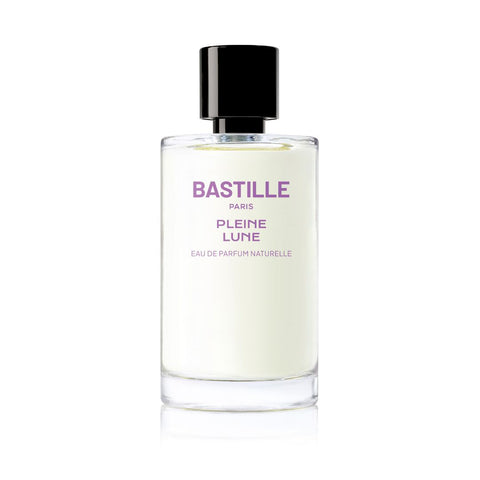
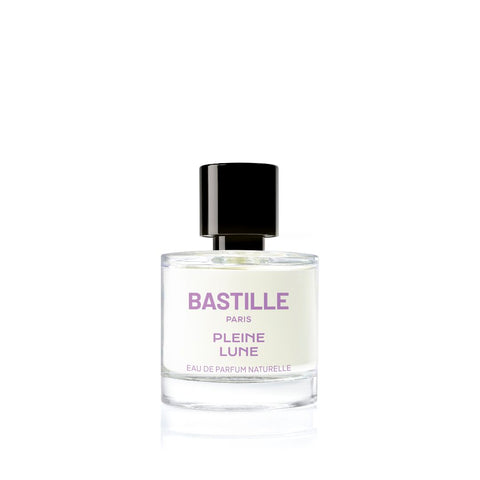
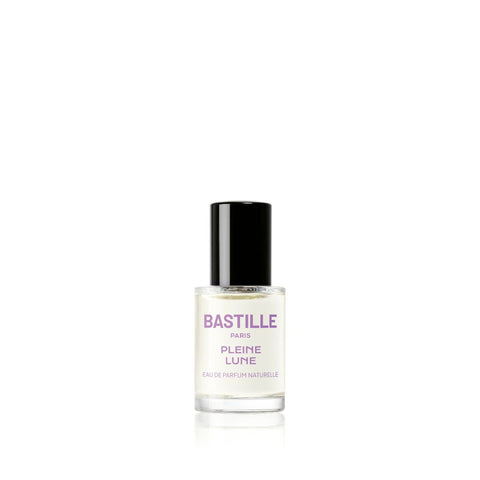
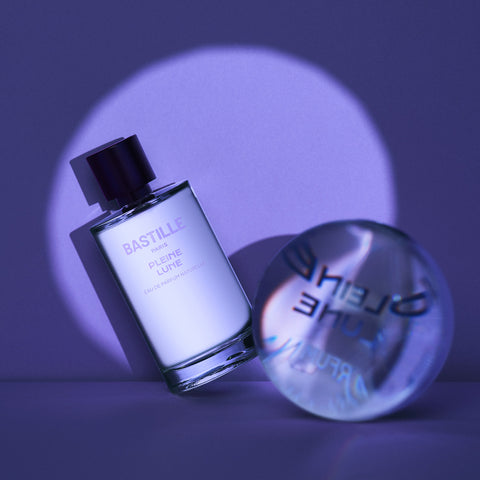
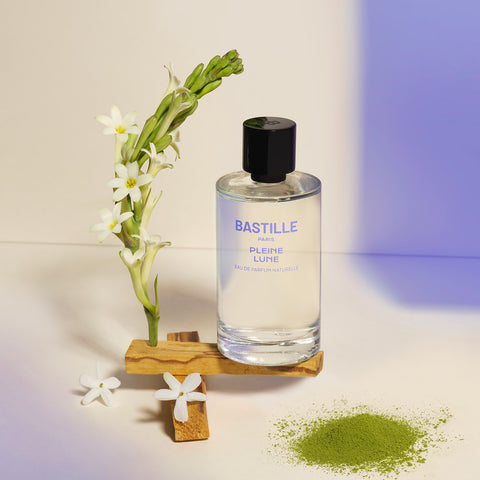
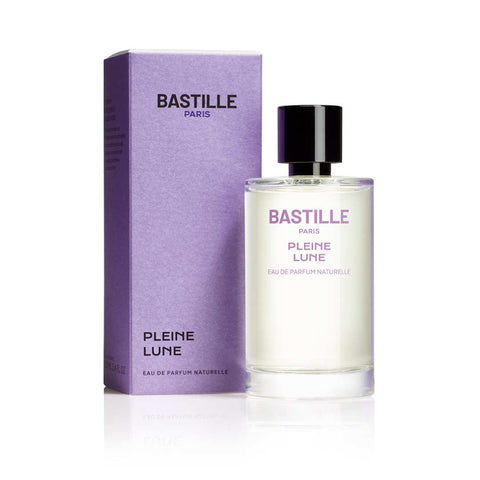
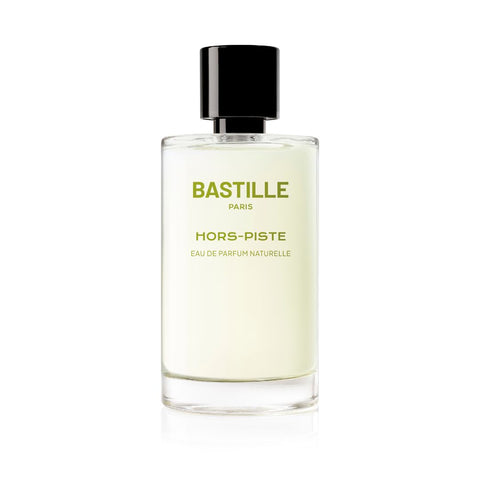
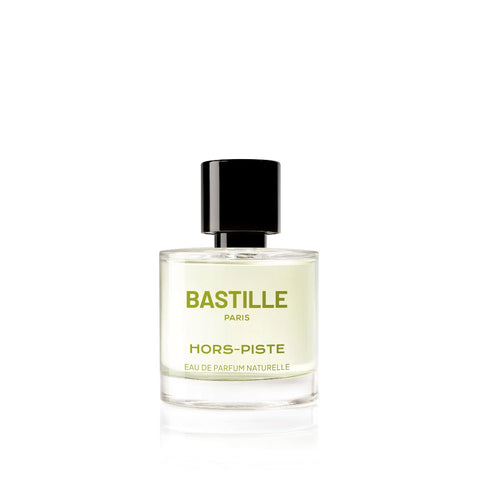

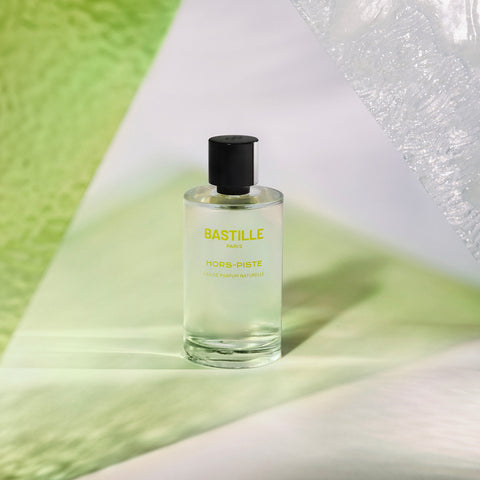

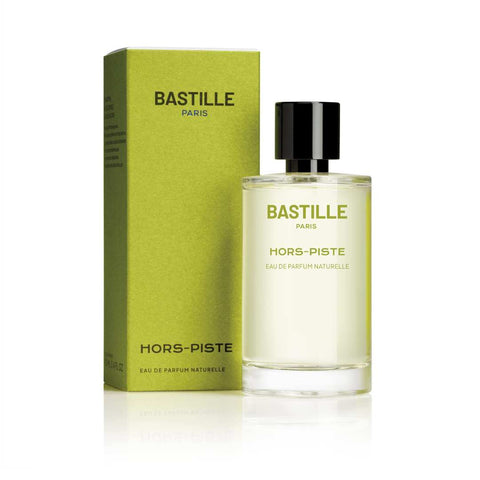

Comments (0)
There are no comments for this article. Be the first one to leave a message!